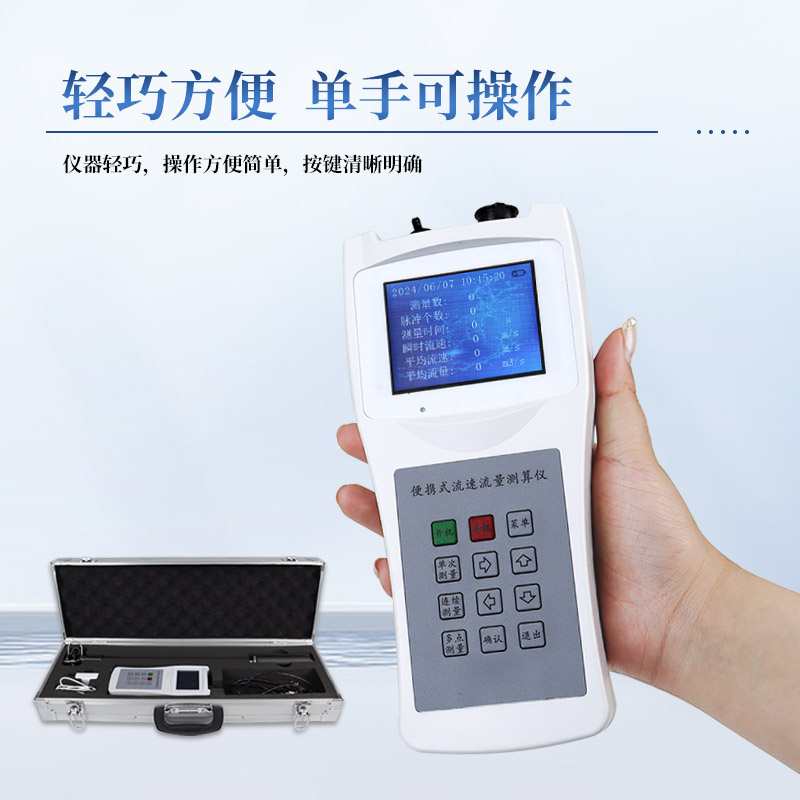Shandong Fengtu IOT Technology Co., Ltd
Sales Manager:Ms. Emily Wang
Cel,Whatsapp,Wechat:+86 15898932201
Email:info@fengtutec.com
Add:No. 155 Optoelectronic Industry Accelerator, Gaoxin District, Weifang, Shandong, China

Sales Manager:Ms. Emily Wang
Cel,Whatsapp,Wechat:+86 15898932201
Email:info@fengtutec.com
Add:No. 155 Optoelectronic Industry Accelerator, Gaoxin District, Weifang, Shandong, China
time:2025-02-21 10:00:51 source:Weather Station viewed:433 time
How to use a Propeller flow meter?
When using a Propeller flow meter, first, check the appearance of the instrument for any damage. Ensure that the battery has sufficient power and check the calibration certificate. Calibrate the instrument if necessary. Then, carefully install the propeller on the sensor and make sure it is firmly installed and can rotate freely.
Next, place the current meter at the position where the flow velocity needs to be measured, such as in a river, canal, etc. Try to keep the instrument perpendicular to the direction of the water flow. When measuring in deep water areas, use an appropriate measuring rod to lower the current meter to the specified depth.
After that, turn on the power switch of the instrument and select the measurement mode according to the prompts on the operation interface. The instrument will automatically collect data. The data collection time can be set from 30 seconds to several minutes depending on the actual situation to ensure the accuracy of the data.
After the measurement is completed, the water flow velocity data will be displayed on the instrument screen. Record the data in a timely manner, and also record relevant information such as the measurement time, location, and water depth.
Finally, turn off the power of the instrument after the measurement is finished. Carefully remove the propeller and store the instrument and the propeller properly to prevent damage from collisions. It should be noted that there are differences in the operation details of Propeller flow meters of different brands and models. Be sure to read the instruction manual carefully.

An ultrasonic level gauge is an instrument that uses ultrasonic sensing technology to measure liquid levels. It consists of an ultrasonic transducer (probe), a driving circuit (module), an electronic liquid crystal display module, and other components. Its working principle is as follows: The transd...
The real-time rainfall monitoring system, model FT-YJ1, is an instrument for measuring real-time rainfall data launched by Fengtu Technology.Rainfall data are important hydrological data. If we can get these information timely and accurately, we can predict and analyze reservoir water level, f...
Ultrasonic wind speed sensor is an instrument for measuring wind speed, which uses the propagation and reflection of ultrasonic waves to measure the speed of wind. This sensor is widely used in wind energy, meteorology, air flow measurement, and other scientific experiments. In the following article...
Photovoltaic IV curve testing is a crucial means to evaluate the electrical performance of photovoltaic modules/strings, and the Portable IV Curve Tester is an important tool to achieve this testing.The Portable IV Curve Tester is specifically used to measure the current - voltage relationship of ph...